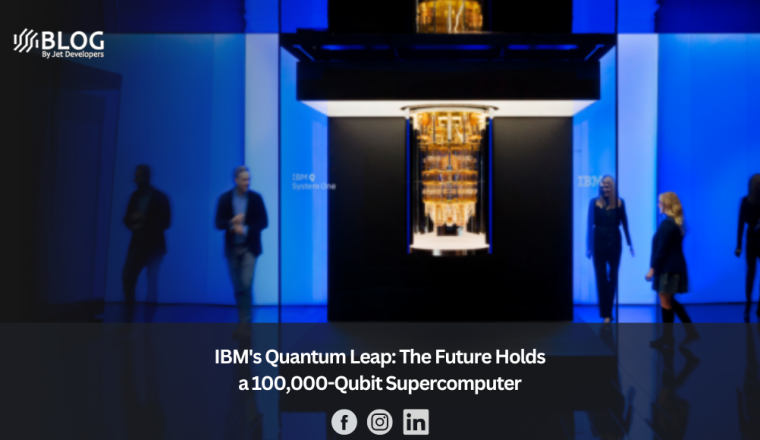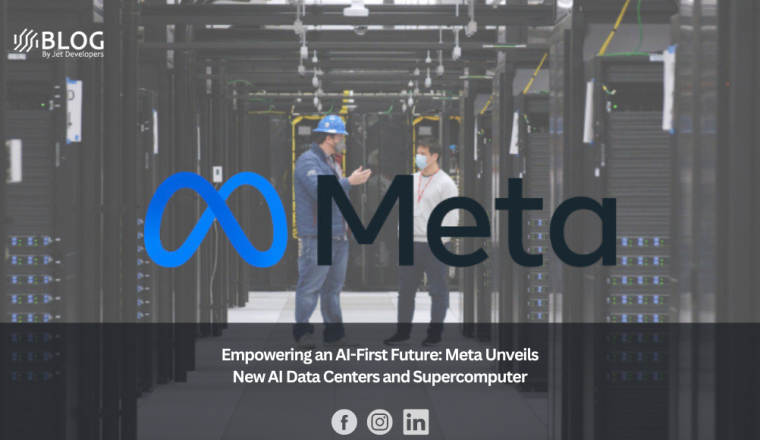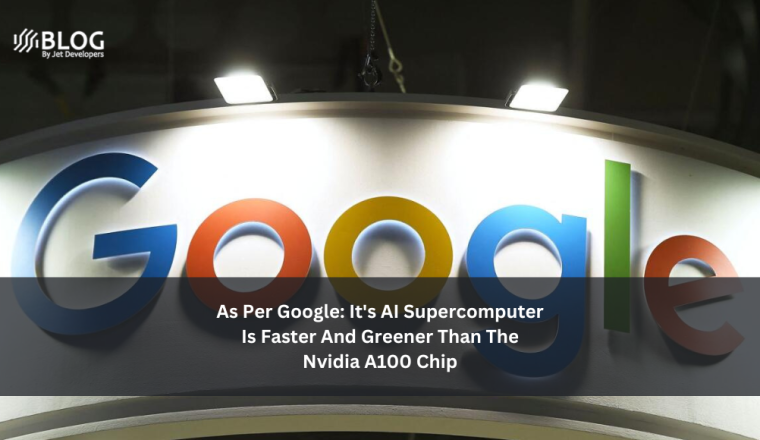Microsoft Has Completed The First Step To Building A Quantum Supercomputer
Microsoft is leading the race in artificial intelligence (AI) models and has also set its eye on the future of computing. In an announcement made on Wednesday, the Redmond, Washington-headquartered company unveiled a roadmap where it plans to build a quantum supercomputer in the next 10 years.
Quantum computing has been in the news in recent weeks for beating supercomputers at complex math and being able to compute at speeds much faster than one could imagine. Scientists have acknowledged that they have used noisy physical qubits for these achievements, which are not error-free.
Microsoft refers to today’s quantum computers as those belonging to the foundational level. According to the software giant, these computers need upgrades in the underlying technology, much like early computing machines did as they moved from vacuum tubes to transistors and then to integrated circuits before taking their current form.
Logical qubits
In its roadmap, Microsoft suggests that as an industry, quantum computing needs to move on from noisy physical qubits to reliable logical qubits since the former cannot reliably run scaled applications.
Microsoft suggests bundling hundreds to thousands of physical qubits into one logical qubit to increase redundancy and reduce error rates. Since qubits are prone to interference from their environment, efforts must be made to increase their stability, which will aid in increasing their reliability.
Reliable logical qubits can be scaled to perform complex problems that need solving urgently. However, since we do not have a measure of how reliable calculations in quantum computing are, the company has proposed a new measure called reliable Quantum Operations Per Second (rQOPS) to do so.
Microsoft claims that the Majorana-based qubit announced last year is highly stable but also difficult to create. The company has published its progress in the peer-reviewed publication in the journal Physical Review B.
Platform to accelerate discovery

Microsoft estimates that the first quantum supercomputer will need to deliver at least one million rQOPS with an error rate of 10-12, or one in every trillion operations, to be able to provide valuable inputs in solving scientific problems. However, quantum computers of today deliver an rQOPS value of zero, meaning that the industry as a whole has a long way to go before we see the first quantum supercomputer.
Instead of decades, Microsoft wants to build this supercomputer in a matter of years and has now launched its Azure Quantum Elements platform to accelerate scientific discovery. The platform will enable organizations to leverage the latest breakthroughs in high-performance computing (HPC), AI, and quantum computing to make advances in chemistry and material science to build the next generation of quantum computers.
The company is also extending its Copilot services to Azure Quantum, where researchers will be able to use natural language processing to solve complex problems of chemistry and materials science. Copilot can help researchers query quantum computers and visualize data using an integrated browser.
Microsoft’s competitors in this space are Google and IBM, who have also unveiled their quantum capabilities.







